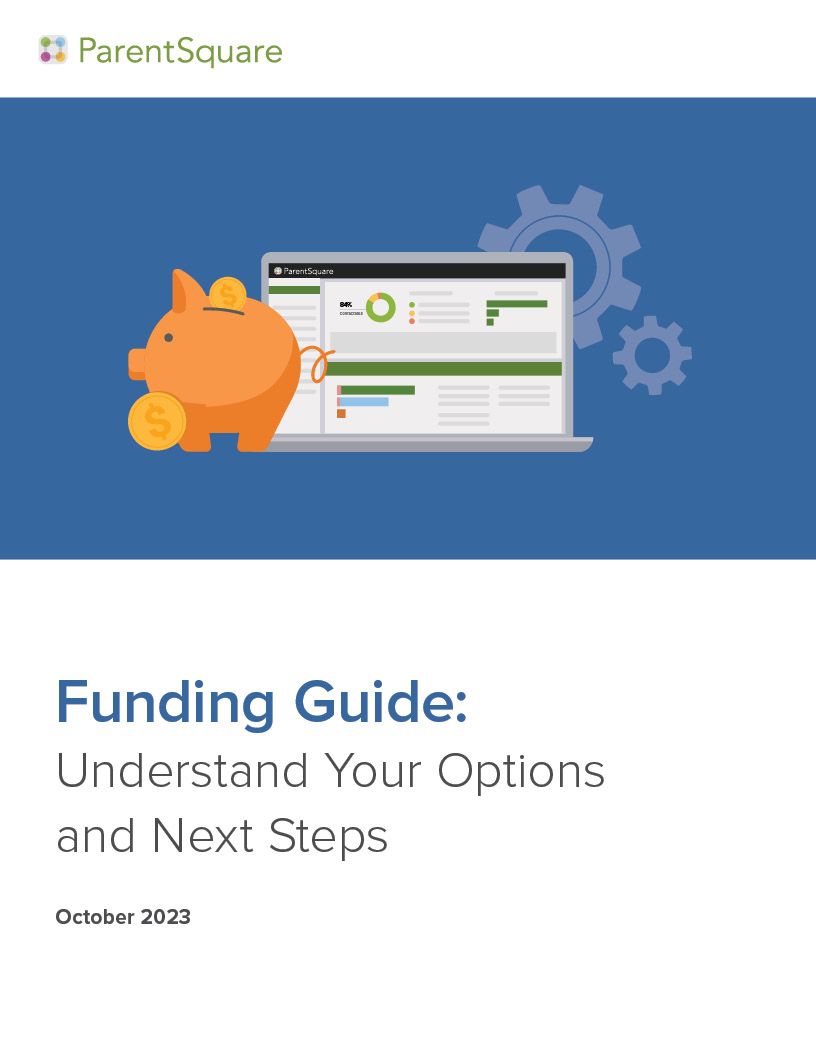This post originally appeared on our ParentSquare Learning Network blog on June 11, 2020.
Written by Denise Wright, M, Ed. She is a STEM Educator for Horry County Schools in Myrtle Beach, South Carolina. Follow her on Twitter @DenisecWright and LinkedIn.
 Relationships play a key role in student learning. How do we keep those relationships going with remote teaching and learning? What happens if we do not get the opportunity to meet our students and families face to face?
Relationships play a key role in student learning. How do we keep those relationships going with remote teaching and learning? What happens if we do not get the opportunity to meet our students and families face to face?
From 2011‒2017, I was a full-time online science educator. This was a challenge that I faced each semester. How was I going to form the important relationships that would show my students and their families that I cared about their learning? In order to make student and family connections, I conducted personal phone calls, live virtual meetings, created personalized online course assignments, and recorded weekly videos.
Personal Phone Calls
About two weeks before the semester started, I set a goal to make at least five student calls per day. This was a lot of time and effort to put in before our class began but, since learning is about relationships, it was worth it. I called this initial phone call, their “Welcome Call” and asked students that their parent/guardian be present for the conversation. During this phone call, I took the time to introduce myself as their teacher, discussed when class started, briefly talked about expectations, and asked the student about their personal background and what they enjoyed doing when not in school. I wrote down this information in a spreadsheet, so that the next time I spoke to the student and their family, the connection and conversation became more personal.
Live Virtual Meetings
When our online course started, I requested a live virtual meeting within the first three days of class with students and families. Once everyone began to enter our video conference, I welcomed them and told them how excited I was that they came to our session. In this session we reviewed class expectations, our live meeting times, the class pacing guide, and how to access and complete assignments. Students and parents during the session wrote down my contact information in case they had questions or needed assistance. The methods of communication I utilized in remote learning were Skype, instant messaging, text messaging, email, pre-recorded automated messages, and one-on-one phone calls. I emphasized at the meeting that communication was the key to student success. These meetings showed families that I was truly invested in their student’s learning and I would be there to support them.
“Introduce Yourself” Assignment
Next, to build that classroom community, I created an “introduce yourself” forum in my learning management system. I took the time to make a video about myself and shared it with the students. I wanted students to learn about me, not only as their teacher, but as a person. In the forum, I encouraged students to tell me more about themselves. They had the choice of writing a paragraph, creating an audio file/podcast, posting a picture with a few sentences, or creating a video. Some of the questions I asked in the forum were to include the year they were in school, a career option that interested them, and if this was their first online learning experience. It was amazing to learn more about each of my students in the method of their choice. After they posted, I was sure to acknowledge each of my students in the online forum by responding to everyone. This again, took time and effort, but personalizing the response is building that relationship, so, learning can happen.
Check-ins and Video Reminders
Throughout the semester, I conducted check-in phone calls with students and asked for their feedback on what was easy or challenging in our class, how they were doing, and if they had any issues with the technology. I asked if they knew how to turn on the closed captioning for videos and if they were aware of how to use a screen reader if needed. These types of assistive technologies can be helpful to all learners in online teaching and learning. In order to be “present” in our class, I made weekly video reminders, and posted them at the top of the learning management system. These videos reviewed what the learning goals were for that week, what assignments were due, and provided words of encouragement. In addition, I texted and emailed the weekly videos to encourage everyone to view them and be involved in the learning.
Fun and Games
During our live online sessions, the students and I played games like Bingo, Family Feud, and Quizzes. The winners of the game received “bragging rights” and a certificate. We laughed a lot and this created stronger student-student and student-teacher relationships. Overall, it took time and effort to build the relationships between my students and families, but, to receive graduation pictures or a text message on how much they enjoyed the class made my heart full.
My advice to educators who are teaching remotely is: be patient and take the time to keep building those relationships with students and families, the rewards are priceless. Relationships and learning can be achieved even when teaching at a distance!







